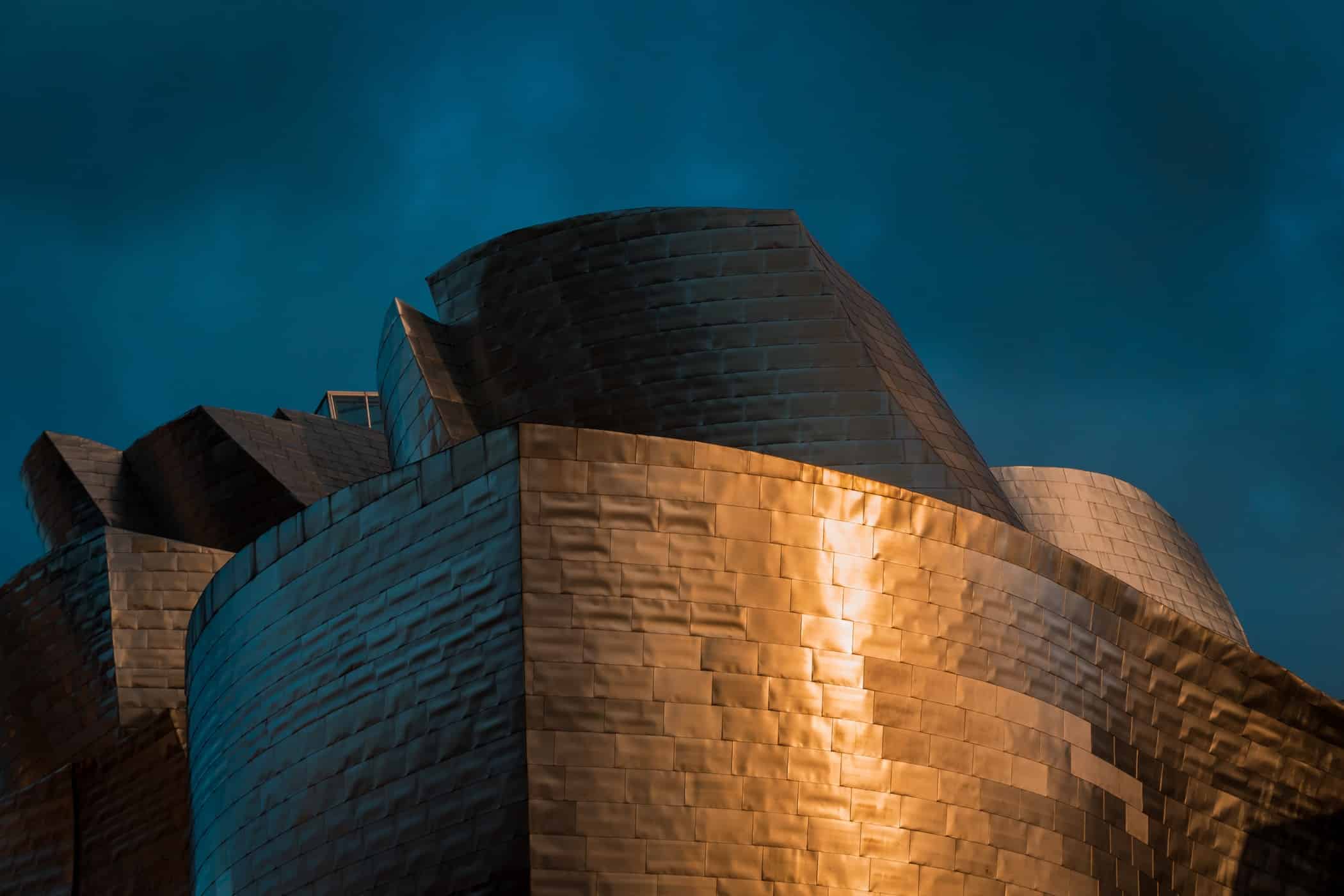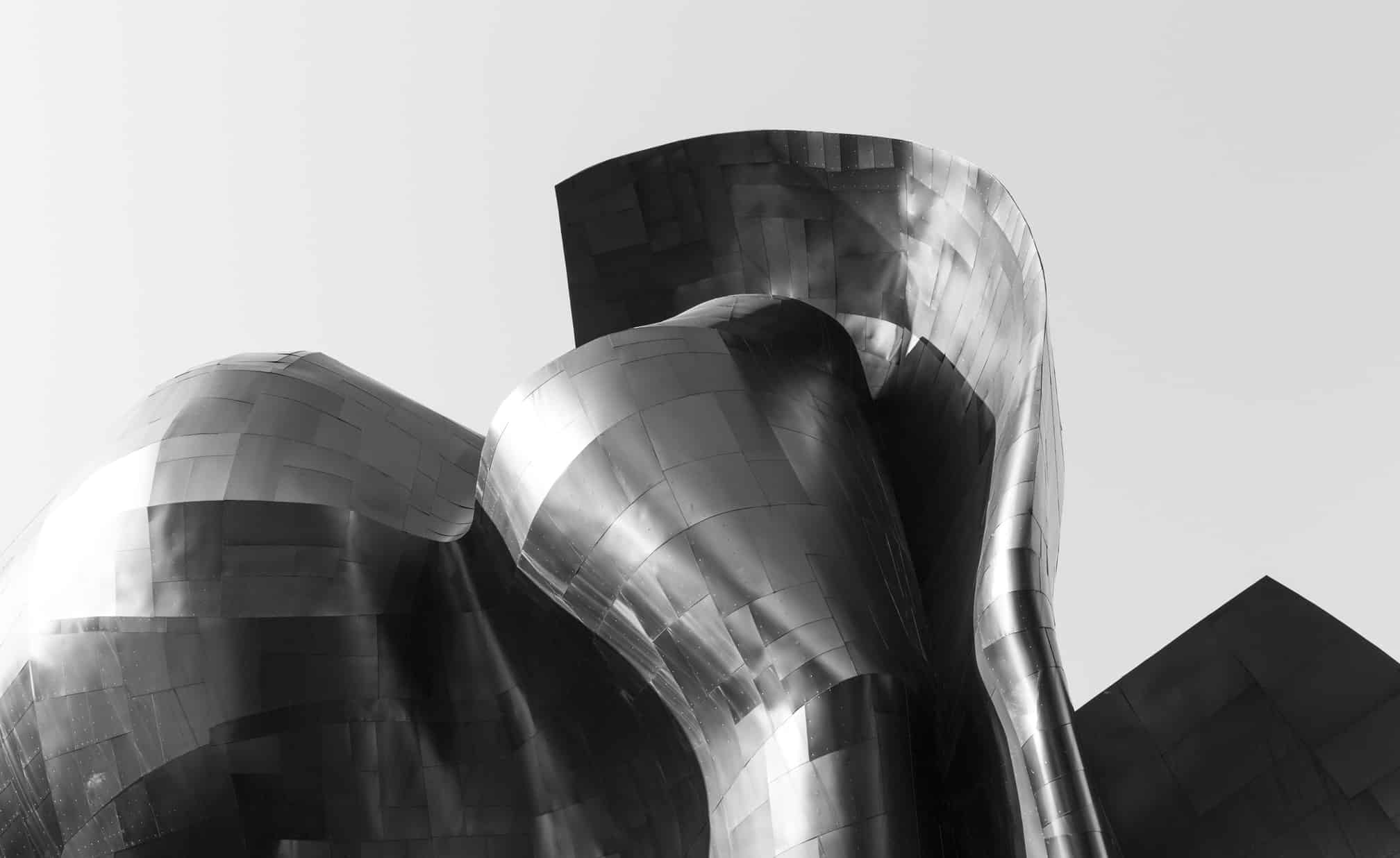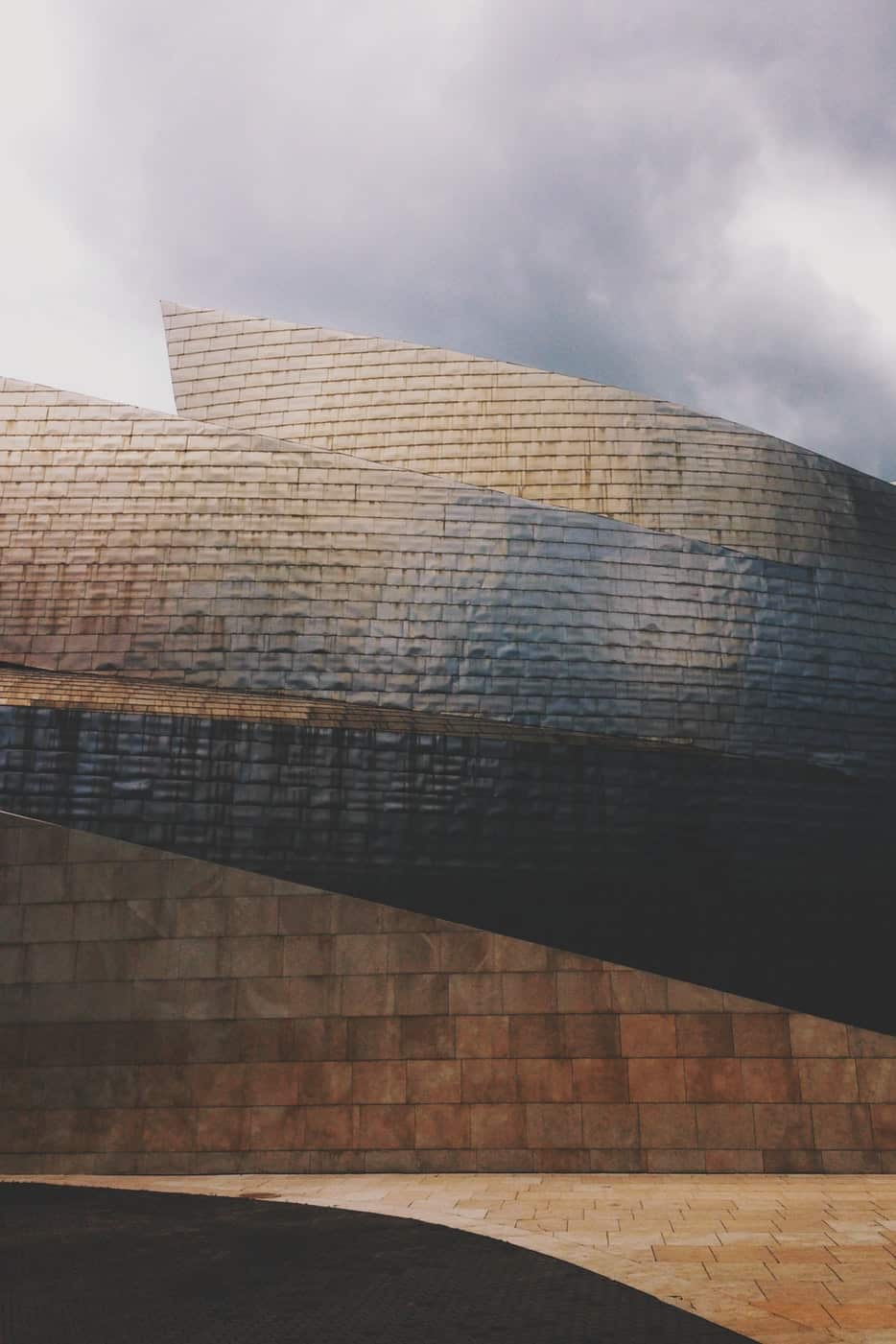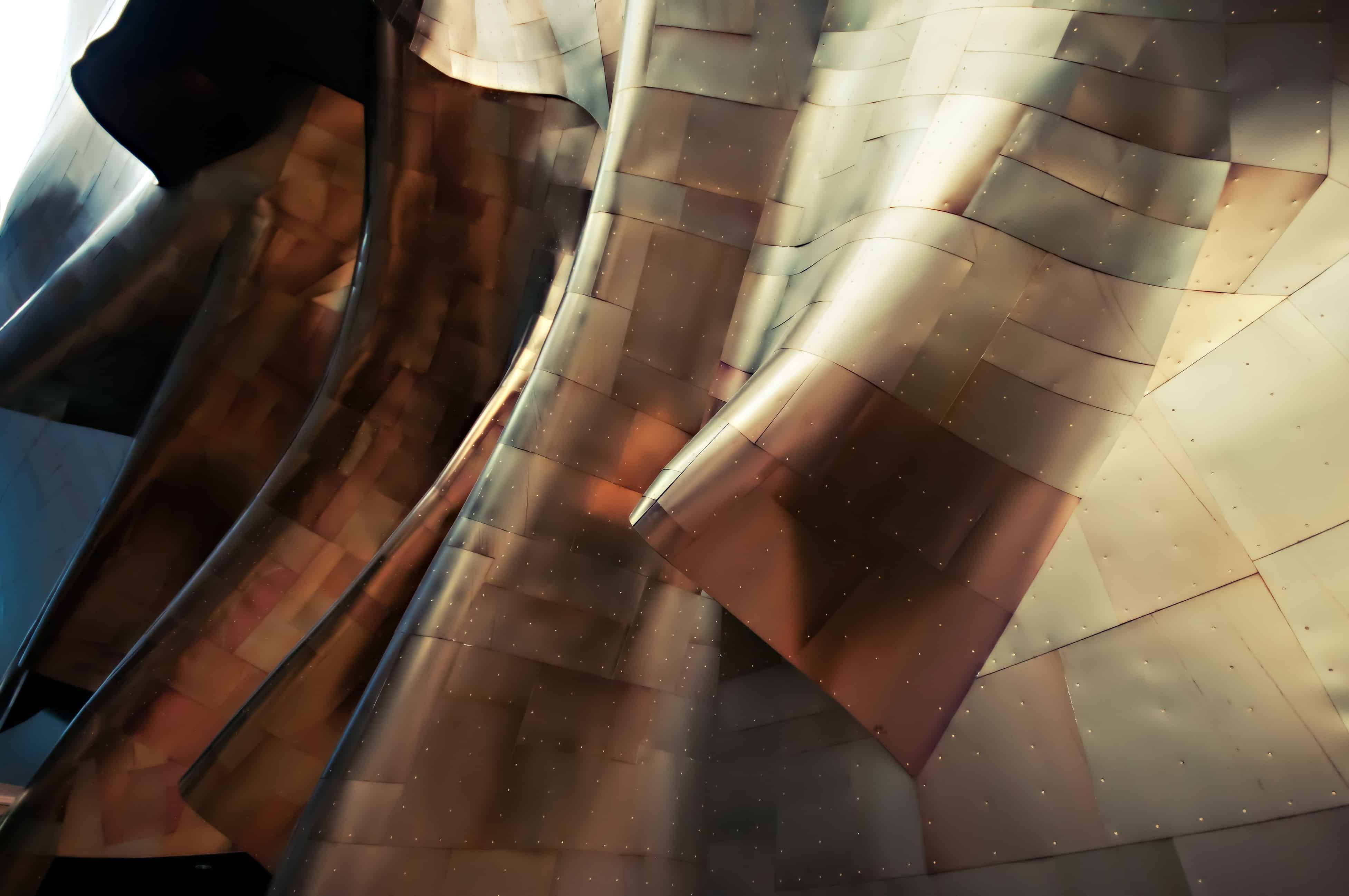How good can metal roofs truly be?
If you are looking for the answer to that question, this guide is all you need! You may be replacing the traditional asphalt roof in your home or considering moving into a new home that comes with a metal roof. Either way, it makes sense to know all of its positives as well as negatives.
After all, a house roof is not something that goes through a makeover as frequently as a wardrobe does. And we tend to take up an excessive amount of time on the latter, don’t we? You should spend some time to carefully read all the pros and cons of metal roofs we have listed.
In this guide, you will find a bit of both absolute as well as relative advantages and drawbacks. We want you to get an overarching perspective of the good and the bad when it comes to metal roofs.
Without further ado, let’s get to all the details you need!
Metal Roof Pros and Cons

Pros of a Metal Roof
We are starting on a positive note and taking a look at all the win-win aspects of having a metal roof.
-
Durability
One of the most significant selling points of a metal roof is its durability. In fact, the McGraw-Hill survey found that nearly 22% of homeowners cited the sturdiness of metal roofs as the primary reason for preferring it.
Irrespective of the location and size of your house, you’d want the roof to withstand all kinds of weather conditions perfectly. Some metal roofs are strong enough to survive winds up to 140 miles per hour. The majority of metal roofs you’d find today will quickly shed snow and seal out water.
You can add to the strength of the roof in your home by going for a metal roof with a rust-proof coating. Metal roofs have lasted for 40 to 70 years in the past, which is a testimony to their durability!
-
Environment-friendly
Construction of any project, residential or commercial, cannot be commenced without an Environmental Impact Assessment (EIA). Likewise, if you want to replace the existing roof of your house, you should assess the environmental impacts.
A traditional asphalt roof shingle qualifies as a petroleum product, so the more it is used, the higher the dependency on fossil fuels. According to the US Environmental Protection Agency, nearly 20 billion pounds of used asphalt shingles make their way to landfills in a year.
On the contrary, metal roofs are considered to be a more sustainable and environment-friendly alternative. They are 100% recyclable and are made of 25 to 95% recycled materials. It also serves as the perfect roofing material to incorporate several eco-conscious endeavors like rainwater harvesting systems and solar panels.
The ability to install a metal roof over existing asphalt shingles eliminates the problems associated with the disposal of used asphalt shingles.

-
Longevity
What if we told you that a metal roof would last almost as long as your house? It feels too good to be true, doesn’t it? But it is indeed true!
If you find that hard to believe, just look at the warranties offered by metal roof companies on their products. It falls somewhere between 20 to 50 years on average. You cannot say for sure if you would be putting up in the same house for the next 50 years, but your metal roof would!
Even if you choose to install a metal roof with paint finish, you get a warranty that lasts for about 30 years on average. There is a small caveat though – metal roofs need to be installed properly to last that long.
-
Heat Conduction
Basic science taught us that metal reflects (rather than absorbing) the sun’s radiant heat. So, having a metal roof ensures that your house does not feel like an oven during the hottest hours of a summer day. This can translate to a reduction in cooling costs of almost 25% for you.
Some metal roofs are coated with unique pigments to enhance their reflective power. You won’t have to crank up the air conditioners in your home. If you want to increase the insulation R-value of your metal roof, install it over rigid-foam insulation with very high R-values.
Metal roofs are energy-efficient, as they result in a reduced energy requirement to cool your home in the summers.
-
Safety
The materials used in metal roofing are noncombustible, allowing them to have a Class A fire rating, which is the best in terms of fire-resistance.
However, the fire rating of a metal roof is dependent on the material underneath it. If you were to install metal roofing over wood shingles or other combustible materials, the fire-resistance rating could drop to Class C.
As long as you install metal roofs over a noncombustible material, they should guard your house against external fires (from embers, wildfires, lightning strikes, or flying sparks).
-
Installation
Installing a metal roof is quick and easy. You will find most of the metal roofing materials to be available in either 12 to 36-inch wide panels or multiple-shingle sections. This allows a professional contractor to install a metal roof very quickly.
You can find some types of metal roofs that can be installed over your existing roof. There is no need to tear off the existing roof or add structural support, thereby reducing the installation time and inconvenience to a great extent.
Short installation time is preferable because you end up saving on labor costs as well!
-
Maintenance
Homeowners all over the world acknowledge the long useful life of metal roofing to be one of its most significant merits. But you need to maintain metal roofs for them to last that long. You are in luck because the maintenance of a metal roof is easy, quick, and affordable.
You won’t have to incur high periodic maintenance costs to keep a metal roof in pristine condition. That cannot be said for the majority of other roofing materials, so that’s a definite plus for metal roofs.
We recommend inspecting the metal roof periodically to undertake any repairs, if necessary promptly. You can clean uncoated metal roofing with any standard dish soap and water.

-
Lightweight
Metal roofs weigh significantly less than tiles, concrete, and asphalt roofs. To understand this, we can compare the weight per roofing square of each of these materials (roofing square refers to 100 square feet).
The average weight per roofing square of asphalt, tiles, and concrete roofs is 300 pounds, 750 pounds, and 950 pounds respectively. On the contrary, metal roofs weigh only 50 to 150 pounds per roofing square.
Why is a lightweight roof better, you may ask? Because you end up saving a considerable amount of time, effort, and money on engineering and constructing a supporting structure for it. The number of roof support members required in a house is directly proportional to the weight of the roof material.
-
Operational Efficiency
Metal roofs are popular not only because they last for a pretty long time, but also because they provide optimal operational efficiency. A metal roof is virtually impervious to heavy snowfall and rainfall.
A metal roof surface is hard and slippery, and the panels interlock in a way that ensures maximum shedding of rain and snow. For any leftover snow piled on the roof, you can use a standard roof rake to get rid of it.
We recommend going for a dark tone of metal roofing if your house is in an area that experiences frequent or heavy snowfall. A dark tone will allow the metal roofing to warm quickly and encourage hassle-free melting and shedding of accumulated snow.
-
Range of Options
The last but not the least advantage of a metal roof comes in the form of a plethora of color and style options. If you were to install metal roofing, you’d get to choose from more than a hundred color options! To put things into perspective, you’d get only 15 to 20 color choices for asphalt shingles.
And the options are not limited to color alone. You can choose from various materials like zinc, aluminum, tin, galvanized steel, or copper. Aluminum and steel are the most commonly used metals for residential roofing and are capable of holding a paint finish.
Who says metal roofs need to look like metal? Modern metal roofing materials can be designed to mimic any look as per your tastes and preferences. You can choose to install a metal roof that looks like clay tiles, wood shakes, or other styles.
Metal roofs offer unparalleled versatility in terms of the material, color, and design options!
Cons of a Metal Roof
Perfection is a myth! As good as metal roofs are, they are not flawless. Here is a list of all the possible snags you may face with a metal roof.
-
Occasional Noise
Metal roofs can be quite noisy during rain or hailstorms. While some homeowners may find the pitter-patter of rain to be soothing, others may find it to be annoying. Heavy rainfall or hailstorm will be slightly noisy, irrespective of the roofing material. But metal is undoubtedly louder than tiles or asphalt.
If you add more insulation or layers of solid sheathing during the installation of a metal roof, it can reduce the noisiness. But more insulation equals higher initial investment.
-
Initial Outlay
Metal roofing can be at least two or three times more expensive than other materials, and up to ten times as expensive as traditional asphalt shingles. The cost of purchasing metal roof panels is around $150 to $750 per roofing square, which is close to the cost of premium roofing materials.
Apart from the purchase cost, the installation cost is also relatively higher than it is for other roofing materials. This is because of the specialized knowledge and training of labor as well as the special tools and equipment required for installation.
However, if you plan to stay in the house for an entire lifetime, you will recover more than enough return on this higher initial outlay.
-
Possible Dents
Some metal roofing material is prone to denting. Although a vast majority of metal roofs are built to withstand heavy rain and snowfall, large hail chunks or falling tree branches can cause a dent. Moreover, you may not be able to walk on some metal roofs without damaging and denting them.
But it does not count as a deal-breaker! Some metal roof manufacturers provide anti-denting guarantees to back their products. Also, you should go for stronger materials like steel rather than aluminum and copper to avoid denting.

-
Tricky Modification & Repairs
Modifying a metal roof can be a cause for a headache, especially if it was installed in large panels and not individual shingles. If there is some damage in a particular spot and you want to get it repaired/replaced, you would probably have to repair/replace a much more significant portion.
Moreover, if you want to remodel or expand the roof on your home after 10 or 20 years, it can be challenging to get the same material because of an ever-changing plethora of metal roofing options.
-
Unforeseen Circumstances
If there was an unexpected and rare circumstance like a lightning strike or a fire, how would a metal roof hold up? Some people believe that metal roofs attract lightning because metal is a good conductor of electricity. This is nothing more than a myth, and you need not worry about an increased chance of a lightning strike on your house just because you have a metal roof.
Metal roofing is not the best option in the event of an internal house fire. If there is a serious house fire, firefighters may be required to cut open the metal roof to put it out, which can be difficult and time-consuming.

Summing It Up
It won’t take rocket science for you to decipher that the benefits of metal roofing far outweigh its drawbacks. In fact, you can maneuver your way around nearly all of the cons by merely buying a top-notch metal roof from a reputed brand and ensuring its optimal installation.
We have been using metal roofs for our home for a little over two decades. And the number of times we faced a considerable hassle is astoundingly low!
It is safe to say that installing metal roofs is one of the best choices you could make for upgrading your home.
Till next time!
Related Articles
Types of Rolled Roofing for Easy & Cost-Effective Roofing
11 Best Gutter Guards for a Low Maintenance Home
What is a Mansard Roof and What Advantages/ Disadvantages It Carries



